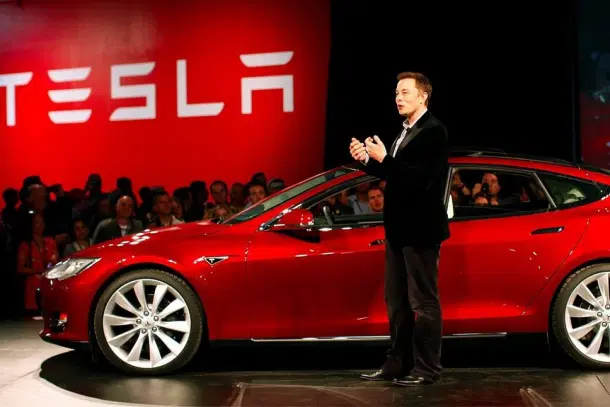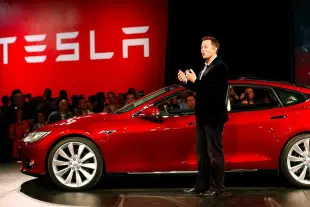News Brief
Tesla Inks $4.3 Billion Battery Deal With LG To Cut China Dependence: Report
Arun Dhital
Jul 30, 2025, 02:58 PM | Updated 02:58 PM IST
Save & read from anywhere!
Bookmark stories for easy access on any device or the Swarajya app.


Tesla has signed a $4.3 billion contract with South Korea’s LG Energy Solution (LGES) to source lithium iron phosphate (LFP) batteries for its energy storage systems, Reuters reported, citing sources.
The move comes as the US electric vehicle maker seeks to reduce its reliance on Chinese battery suppliers amid increasing US tariffs.
The LFP batteries will be manufactured at LGES’s Michigan facility.
According to the report, the deal will run from August 2027 to July 2030, with an option to extend the contract by up to seven years and scale up supply volumes depending on future discussions.
LGES confirmed a $4.3 billion global LFP battery contract earlier on Wednesday but did not disclose the buyer or specify the intended usage, citing confidentiality.
“In accordance with our agreement, we are unable to disclose the customer's identity due to confidentiality obligations,” LGES said in a statement.
Tesla Chief Financial Officer Vaibhav Taneja said in April that US tariffs had an “outsized” impact on its energy segment due to dependence on China-sourced LFP batteries.
“We will also be working on securing additional supply chain from non-China-based suppliers, but it will take time,” he noted.
LGES, one of the few US-based LFP producers, began battery production at its Michigan plant in May. It is now considering converting EV battery lines for energy storage to meet surging demand driven by data centres and AI training needs.
“Other players, including South Korean firms like Samsung SDI and SK On, have yet to enter the US LFP market,” said Samsung Securities analyst Cho Hyun-ryul. “LGES remains the only one actively producing at scale.”
Tesla’s energy division, while comprising just over 10 per cent of its revenue, has become a growth area amid slowing EV sales.
CEO Elon Musk recently said, “Energy is growing really well despite headwinds from tariffs and various supply chain challenges.”





